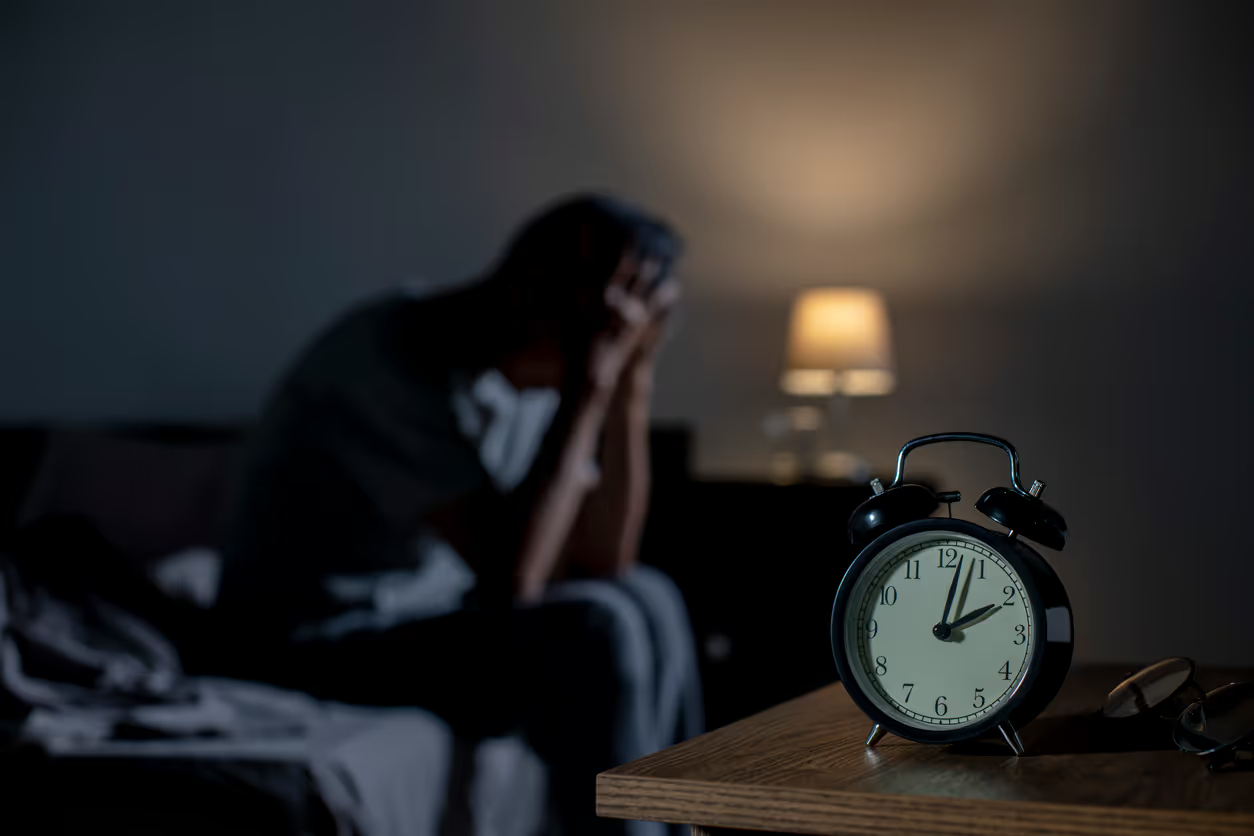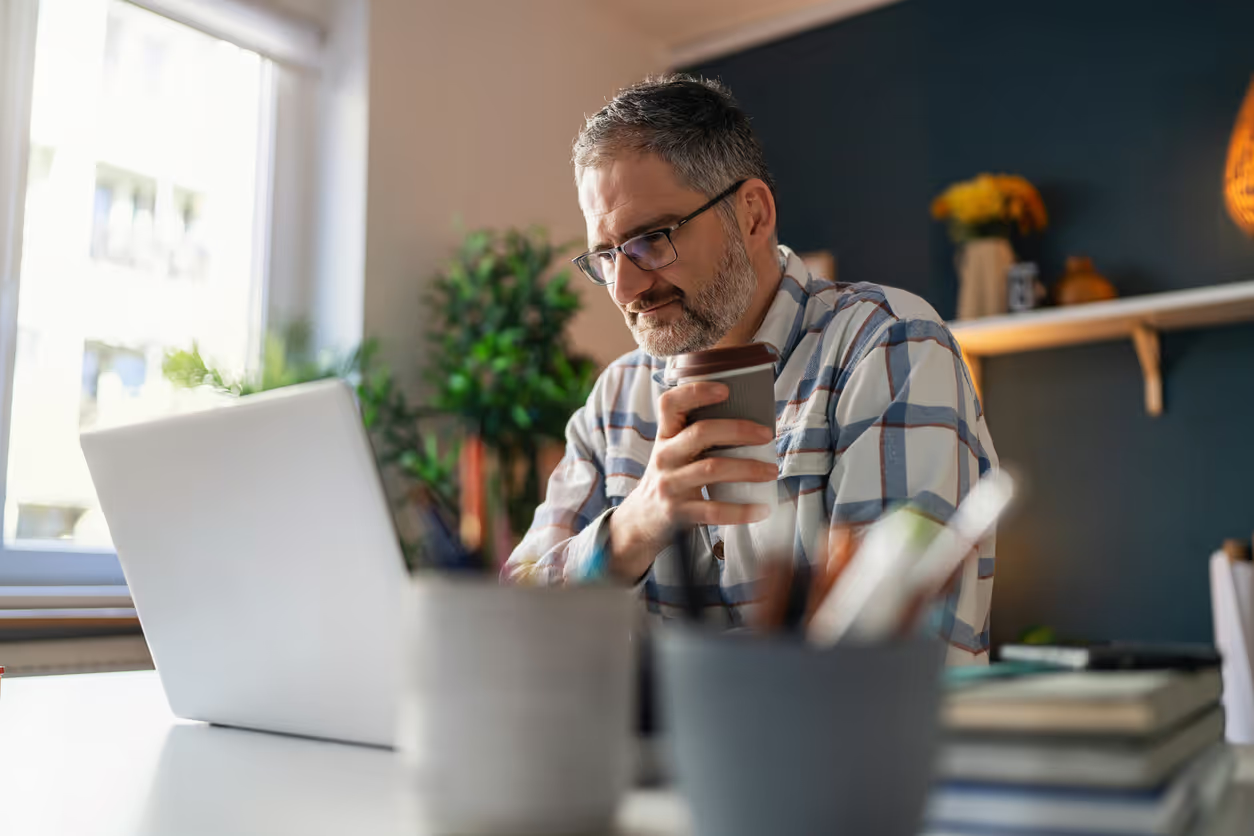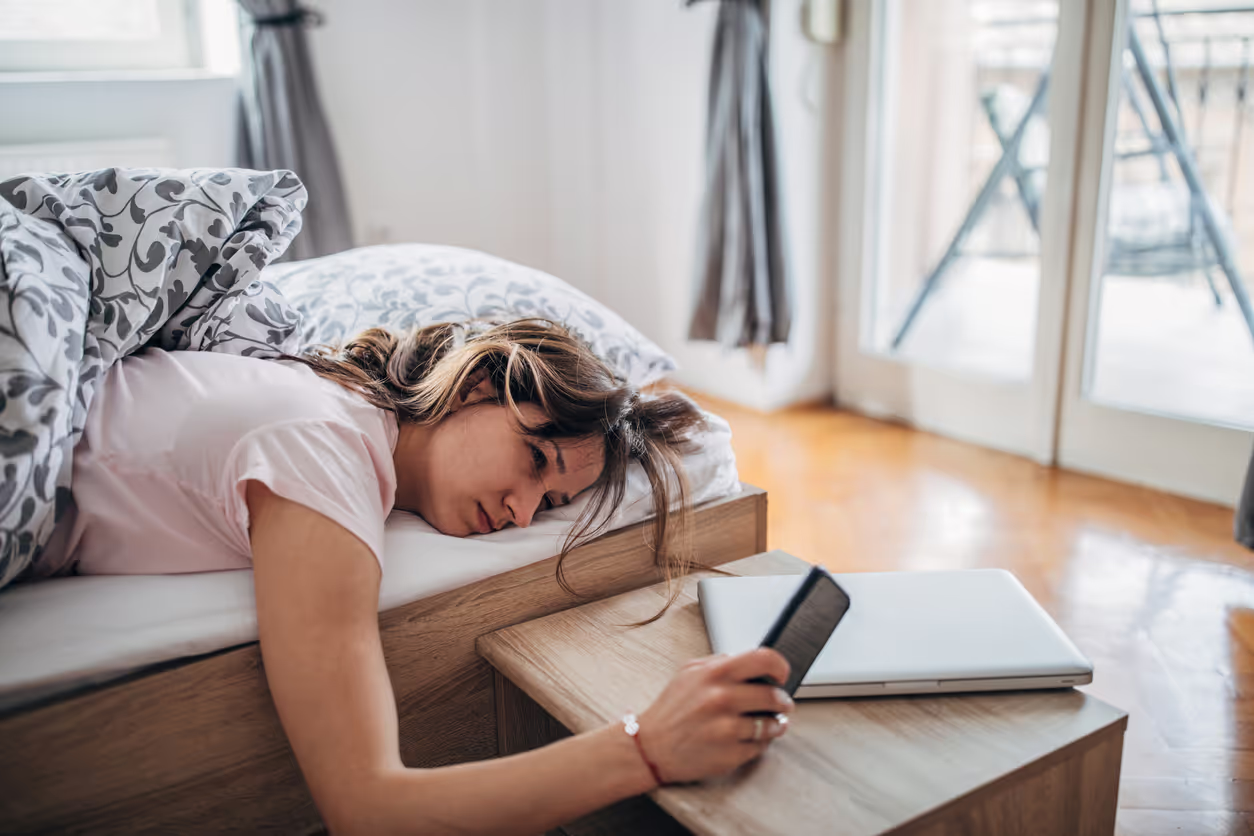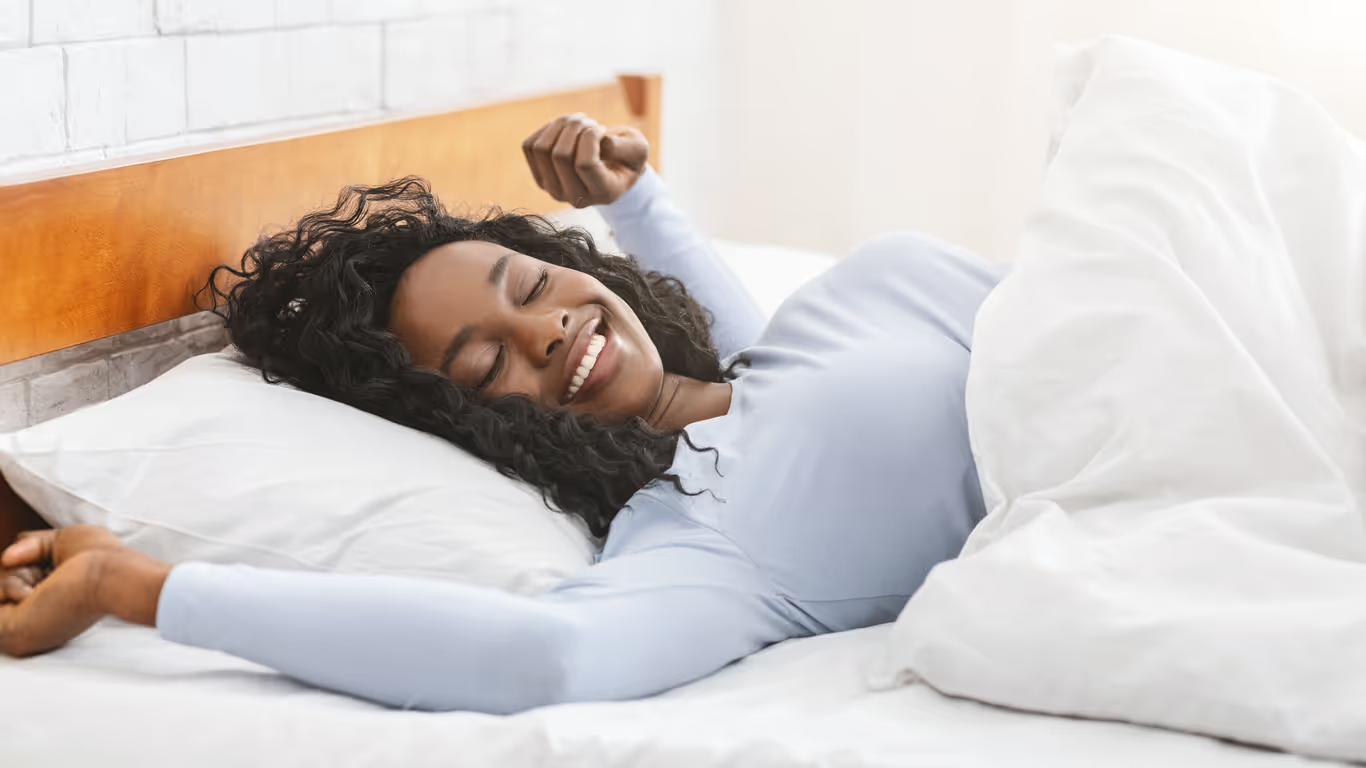Is technology ruining your sleep? Here's what to do
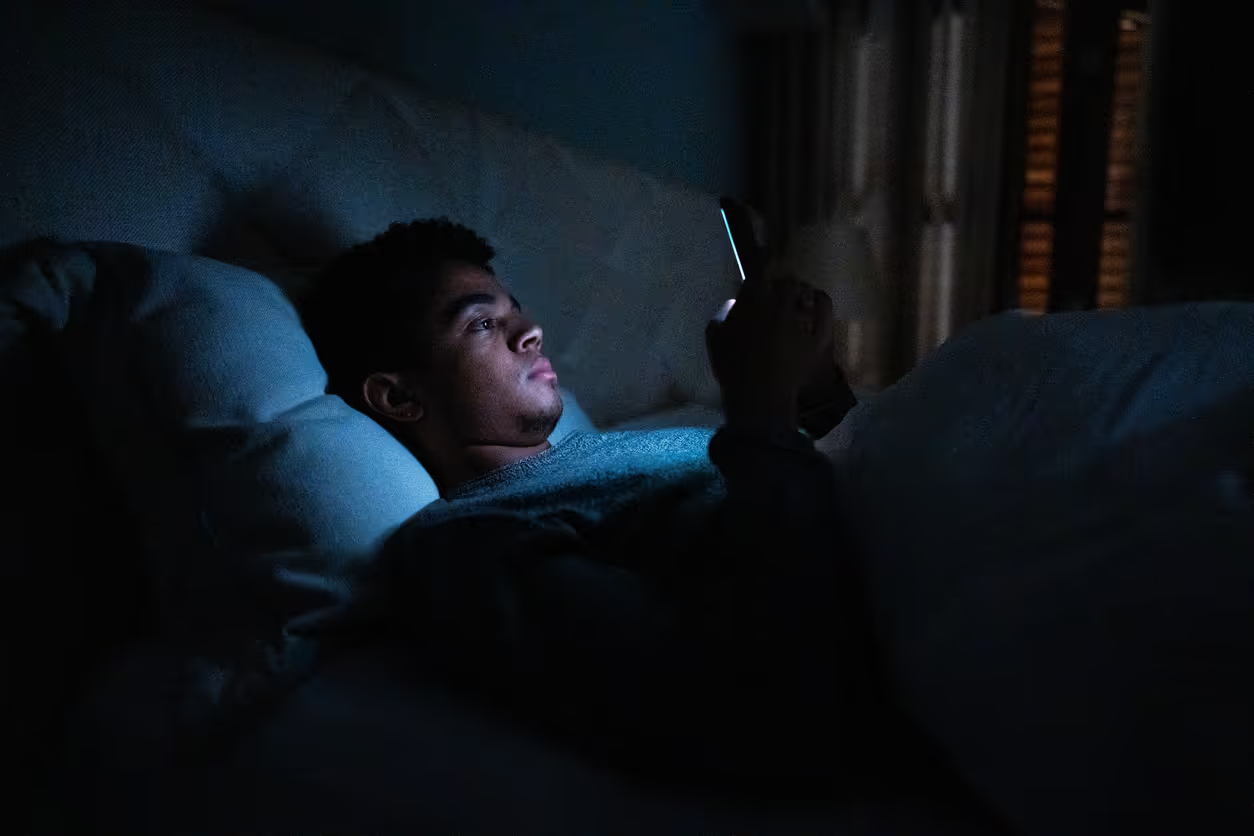
Understanding the Link Between Technology and Sleep
How to protect your rest in a digital world
If you find it harder to fall asleep or stay asleep in the age of constant connection, you’re not imagining things. There’s growing evidence that technology and sleep don’t always mix well — especially when your bedtime routine includes screen time.
From smartphones and streaming to late-night emails and social scrolling, technology can overstimulate the brain, suppress melatonin, and disrupt the natural cues your body uses to wind down. Fortunately, you don’t have to give up tech entirely to sleep better. You just need to use it wisely.
If you want to know more about your sleep health, try taking our comprehensive free Sleep Assessment and in only a few minutes of answering questions you will receive a free Sleep Health Report.
We have successfully treated insomnia and other sleep disorders for more than 40+ years. Our protocols are proprietary—a direct result of practitioner feedback from thousands of client sessions and training cohorts—meaning more precise, individualized, and trusted outcomes than off-the-shelf CBT‑I. Find out how we can help you achieve lasting improvements to your sleep health, general health and wellbeing. Start your journey here.
How Technology Affects Your Sleep
1. Blue Light Suppresses Melatonin
Most screens emit blue light, which can delay melatonin release — the hormone that helps you fall asleep. This tricks your brain into thinking it’s still daytime, making it harder to feel drowsy.
2. Use Sleep Tracking Devices Cautiously
Obsessing over sleep data can lead to “orthosomnia,” a preoccupation with perfect sleep. Sleep trackers are improving but still lack accuracy in tracking sleep stages. Instead, focus on how you feel in the morning and throughout the day.
3. Mental Stimulation Keeps You Alert
Late-night scrolling, emails, or gaming activate the brain’s reward or stress systems. This leads to racing thoughts and tension — not exactly ideal conditions for falling asleep.
4. Sleep Disruption from Alerts
Buzzing phones, late notifications, or the temptation to “just check one more thing” cause sleep fragmentation and night-time awakenings. Avoid the trap.
What You Can Do to Sleep Better in a Digital World
1. Set a Digital Curfew
Power down all screens at least 60 minutes before bed. This gives your brain a chance to wind down and produce melatonin naturally. If that’s not realistic, start with 30 minutes and increase gradually.
2. Use Blue Light Filters or Night Mode
If you need screens at night, turn on Night Shift (iOS), Night Mode (Android/Windows), or use apps like f.lux. Warm-tone e-readers are better options too. Blue light blocking glasses might help — but choose carefully. A University of Arizona study found most block less than 50% of disruptive blue light.
3. Replace Scrolling with a Wind-Down Routine
Trade screens for calming, screen-free activities:
- Read a physical book
- Journal or write a gratitude list
- Listen to music or a sleep story
- Try gentle stretching or meditation
Do these because they’re enjoyable — not to force sleep. Trying to "relax your way to sleep" usually backfires.
4. Keep Devices Out of the Bedroom
Charge your phone elsewhere, use a traditional alarm clock, and turn your bedroom into a screen-free zone. It’ll reduce light and temptation.
5. Use Tech That Supports Sleep
Not all tech is bad. Some tools can actually help:
- White noise apps or machines to block disruptions
- Guided meditation apps like Calm or Headspace for stress relief
Final Thoughts
The link between technology and sleep is clear: the more intentional you are with your device use, the better you’ll sleep.
Set boundaries, choose supportive tech, and create wind-down habits that prioritise rest.
Your sleep matters more than your next scroll or text. Turn off to tune out — and rest up.
Book a time with one of our sleep specialists to get your sleep back on track.

